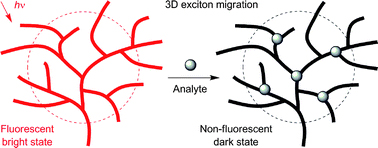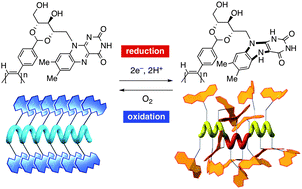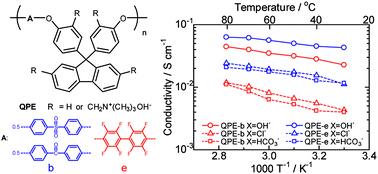Scientists have made giant surfactants that form globular micelles in water and can spread to worm-like structures on surfaces. The surfactants are formed from amphiphilic block copolymers and synthesised by combining RAFT and ATRP techniques.
In aqueous solution, the polymers aggregate into globular micellar aggregates, their size being determined by the length of the stretched polymer molecules. For the dual brush copolymer, a rather compact structure is formed, which is dominated by the large hydrophobic poly(n-butyl acrylate) block. On mica surfaces the triblock copolymers adsorb with worm-like backbones and stretched out side chains.
Read the full article for free here:
Daniel Zehm, André Laschewsky, Peggy Heunemann, Michael Gradzielski, Sylvain Prévost, Hua Liang, Jürgen P. Rabe and Jean-François Lutz, Polym. Chem., 2011, DOI:10.1039/C0PY00200C












![NNCAJWITQ3CA65OY3CCAD7BD1XCAI6NT9ICAW3ZTGSCA6UKW2OCABNZQMDCAULS386CA6FMIXMCAB11870CARE9YIDCA7KR95BCA2FI983CAR2LVGNCAIAGBWUCAOVSEOBCAL2S7RFCAZX9DLKCA272FMF Graphical abstract: Probing cucurbit[8]uril-mediated supramolecular block copolymer assembly in water using diffusion NMR](https://blogs.rsc.org/py/files/2010/10/NNCAJWITQ3CA65OY3CCAD7BD1XCAI6NT9ICAW3ZTGSCA6UKW2OCABNZQMDCAULS386CA6FMIXMCAB11870CARE9YIDCA7KR95BCA2FI983CAR2LVGNCAIAGBWUCAOVSEOBCAL2S7RFCAZX9DLKCA272FMF.gif)




